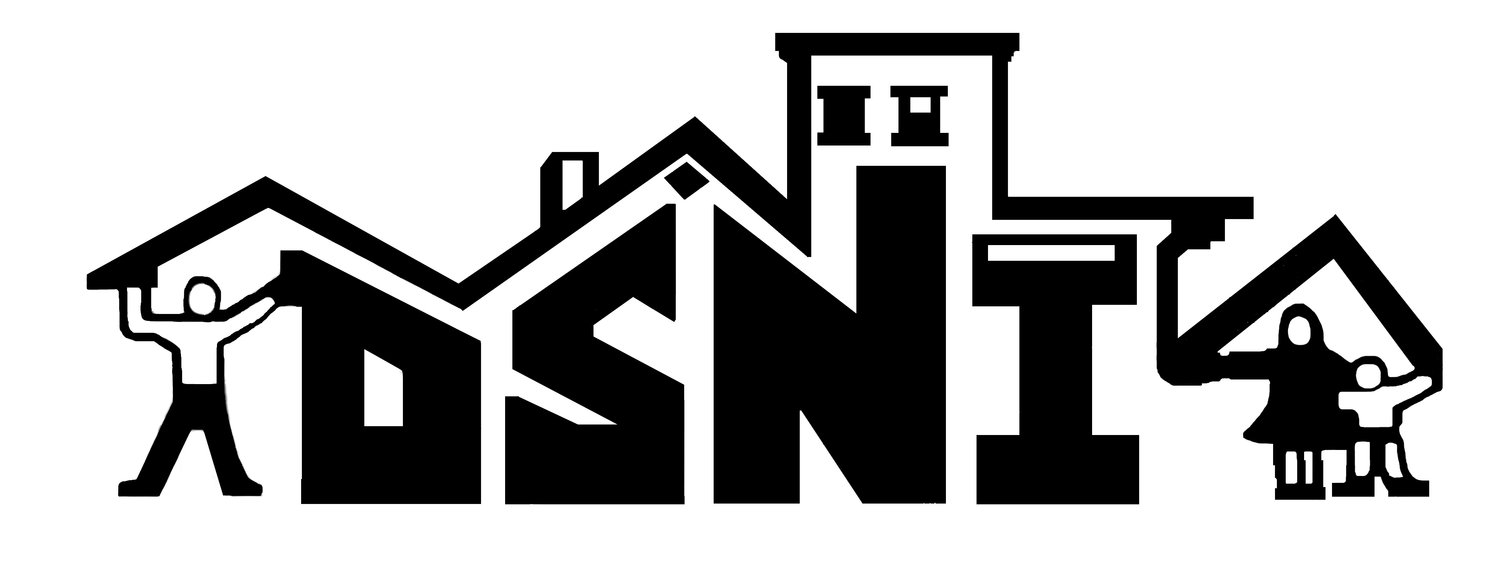Interactive Data Visualization at PromiseFest
/On Tuesday, November 10th, DSNI hosted our 2nd Annual PromiseFest at Roxbury Community College. The theme for this year's Boston Promise Initiative community event was #StraightOuttaHighSchool - Colleges, Connections, Careers. Hundreds of young people showed up to learn about paths they can take to get prepared for high school and after they graduate high school.
Forty organizations represented diverse pathways. Resources were available from the City of Boston, from grade schools, 2-year colleges, vocational programs, civic associations, career and employment services. There were resources for families with children and for opportunity youth. It was a great event. Between the food, career lounge, breakout sessions, and an uplifting rap by 15-year-old Eche, we had a few tables dedicated just for play.
On a table next to the selfie station, we laid down butcher paper for people to color on and to make room for a bunch of blocks to play with. These weren't your everyday blocks!
The Saturday before PromiseFest, November 7, was another big day for us. We unveiled a public art installation created by resident artists Nansi Guevarra and Kalam Kieta. With the muscle of YouthBuild Boston and the support of our funders, they erected the words "OUR TIERRA LIVRI" on vacant public land -- a mixture of English, Spanish, and Cape Verdean creolo for "OUR LIBERATED LAND". The words commemorate our community land trust.
We had bits and pieces of wood left over from the installation. We incorporated them into our plans for PromiseFest as an interactive data visualization. We made sure the blocks were interactive by using different sizes of blocks, sanding down edges, and painting them. Manageable in size, they were easy and fun to stack and rearrange.
Fortunately, we already had what we needed to turn the blocks into data. Over the summer, DSNI hosted more than 30 youth as part of our summer youth employment program. The youth were divided into teams, Arts and Culture, Food, and Data. The data team organized a focus group and designed a survey about how youth in the neighborhood perceived their futures in the working world.
We took the results of the focus group -- literally the words transcribed during the focus group -- and loaded them into an online word cloud visualizer. The visualizer removed common words like "the" and "and" and represented the frequency of words by font size. Nansi burned the words one by one into faces of the blocks.
We encouraged people to rearrange the blocks into found poems, sort of like magnetic art for your refrigerator. The poems represented what people thought about college, success, and work. People's participation turned the blocks into an interactive data visualization. Some even added their own words to the blocks. The blocks were a fun way to tell a story with our data. More importantly, though, the words gave some young people a chance to express themselves.




